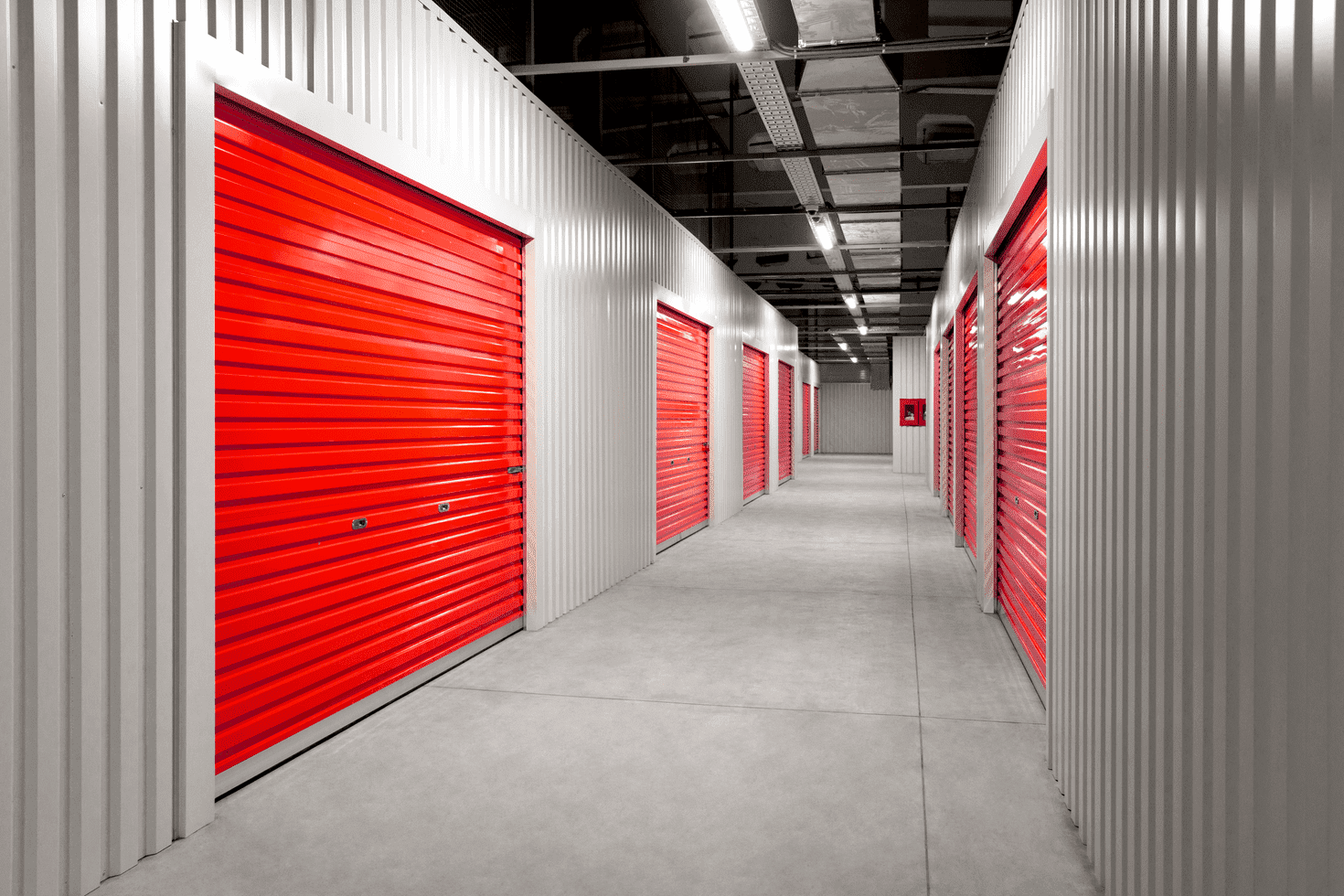Roof Waterproofing: Ensuring A Safe And Dry Living Space
Maintaining a safe and comfortable home is a top priority for any homeowner. Roof waterproofing is an important part of home care that is often forgotten. A well-waterproofed roof is essential for protecting your living space from the elements, preventing costly damage, and enhancing the overall lifespan of your home.
Roof sealing is the process of putting things on a roof that keep water out. This is particularly important in areas prone to heavy rainfall, snow, or humidity, where the risk of water damage is significantly higher. Waterproofing not only protects the roof structure but also safeguards the interior of the home from moisture, mold, and structural damage.
Water can infiltrate your home through various means, including leaks, cracks, or poorly sealed joints. Over time, water intrusion can lead to significant problems such as rotting wood, weakened foundations, and even health hazards due to mold growth. Investing in roof leakage repair Singapore is a proactive way to take care of your house that can save you a lot of money on repairs down the road.
Benefits of Roof Waterproofing
1. Protection Against Water Damage
The main benefit of waterproofing a roof is that it stops water harm. If the roof is waterproof, it keeps out rain, snow, and ice and keeps water from getting into the building below. This is very important for flat roofs because they tend to leak and collect water. Making sure that your roof is waterproof lowers the chance of leaks that can damage your walls, ceilings, and insulation with water.
2. Mold and Mildew Prevention
If it gets too wet in your house, mold and mildew can grow. This is bad for your health and the health of your family. Mold germs can make it hard to breathe and cause allergies and other health problems. Waterproofing your roof helps to minimize moisture accumulation, thereby reducing the likelihood of mold growth. This not only keeps your home healthier but also contributes to better indoor air quality.
3. Increased Roof Lifespan
Water damage can make your roof less safe, which can make it break down faster than planned and cost a lot to fix or replace. By waterproofing your roof, you enhance its durability and longevity. A well-maintained roof can last significantly longer, allowing homeowners to save money on frequent repairs and replacements.
4. Energy Efficiency
Keeping water out of your home can also help it use less energy. Moist air can change the temperature, and it takes more work for heating and cooling systems to keep the area comfortable. By preventing water infiltration, waterproofing helps to regulate indoor temperatures, ultimately reducing energy costs and creating a more comfortable living space.
5. Enhanced Property Value
A waterproof roof will not only keep your investment safe, but it may also raise the value of your home. People who want to buy a house are often wary of ones that have had water damage or leaks in the past. By demonstrating that your roof has been professionally waterproofed, you provide reassurance to prospective buyers and potentially increase your home’s resale value.
Types of Roof Waterproofing Methods
There are several waterproofing methods available, each suitable for different types of roofs and environmental conditions. Here are some of the most common options:
1. Liquid Waterproofing Membranes
Liquid waterproofing membranes are applied directly to the roof surface and form a seamless, waterproof barrier. Polyurethane, silicone, or acrylic are some of the materials that can be used to make these barriers. Once applied, they cure to create a flexible, durable layer that can withstand temperature fluctuations and UV exposure. Liquid membranes are particularly effective for flat roofs and can be applied in a variety of weather conditions.
2. Sheet Membranes
Sheet membranes are pre-fabricated rolls of waterproofing material that are applied to the roof surface. These sheets are typically made from materials like rubber, PVC, or TPO. The sheets are adhered to the roof using adhesives or mechanical fasteners. Sheet membranes provide excellent protection against water infiltration and are commonly used for both flat and sloped roofs.
Breaking alert:erome
3. Bituminous Coatings
Bituminous coatings, or asphalt-based waterproofing, are another popular option for roof waterproofing. These coatings are applied in liquid form and dry to form a thick, protective layer. Bituminous coatings are particularly effective for flat roofs and can be used in conjunction with other waterproofing methods for added protection.
4. Green Roofs
For homeowners looking to incorporate sustainability into their roofing system, green roofs offer a unique waterproofing solution. Planting plants on the roof’s surface is called a “green roof.” These plants help to soak up rainwater and stop it from running off. Beneath the vegetation, a waterproof membrane is installed to protect the underlying structure. Green roofs not only provide excellent waterproofing but also enhance insulation and improve air quality.
Conclusion
Waterproofing the roof is an important part of home care that you shouldn’t skip. People can keep their homes safe from water damage, mold growth, and expensive fixes by waterproofing them. There are many sealing options, so it’s important to pick the right one for your needs and talk to professionals to make sure the job is done right.
A waterproofed roof not only makes your home safer and more comfortable, but it also saves energy and raises the value of your house. Today, be cautious and waterproof your roof. This will keep your living space safe and dry for years to come.



